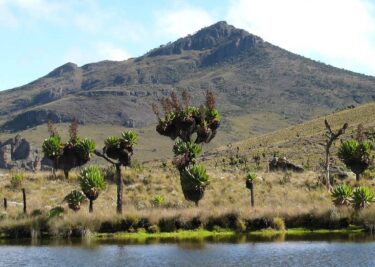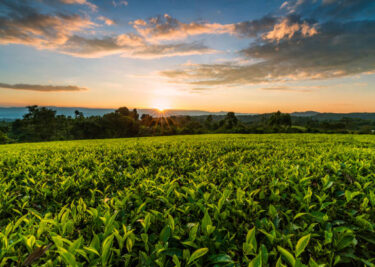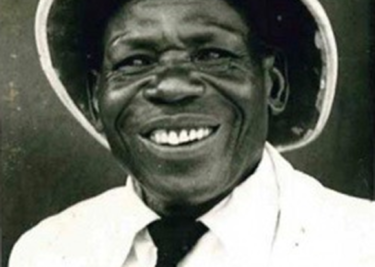Dini ya WaOromo

Image credit: 101 Last Tribes
The Oromo traditional religion, Waaqeffannaa, is enshrined in the democratic socio-political governance system (Gadaa). As a result, it is a central aspect of all Oromo political and socio-economic functions.
The Attributes of Waaqa the Creator
The Oromo believe in one supreme God: Waaqa, who is eternal and the creator of all causes. No one, living or non-living has power over Waaqa. Waaqa, referred to as Waaqayyo in poetic endearment has multiple attributes. Waaqa is the one who is before everything else. Waaqa is Uumaa (a creator of everything in the world); Waaqa is hunda beekaa (omniscient); hundaa tolaa (benevolent); hunda danda’aa (omnipotent). The source and lover of dhugaa (truth). Waaqa is also Qulqulluu (pure).
Besides being gracious, Waaqa is also intolerant of sin. As a result, he is believed to afflict wrongdoers with illness and misfortune. Through all these good, bad, and ugly things, the Oromo are reminded of Waaqa’s omnipotence and omniscience.
Waaqa is understood in two ways: as Waaqa diima (the light-coloured Waaqa) or Waaqa guaracha (the dark-coloured Waaqa). The dark-colored Waaqa is a guardian and protector while the light-coloured Waaqa is angry and ready to punish the Oromo for wrongdoing.
Prayerfulness and Waaqa Worship in Nature
Like other Kenyan communities, the Oromo believe that Waaqa lives in the sky. Despite this, Waaqa is inseparable from Laafa (earth). Additionally, the rainbow (biduu) is believed to be Waaqa’s belt. Since Waaqa and earth are in oneness, Oromo spiritual rituals and prayers honour both God and earth.
Waaqeffatta (Waaqeffannaa believers) are prayerful. They pray collectively in groups and among families. Their prayers always seek to draw them closer to Waaqa, be kept in his peace and goodness, and help them shun away from wrongdoing.
Proverbs are ingrained in the Oromo worship of Waaqa; they’re woven into prayers. There are specific proverbs for beseeching and praising Waaqa and others that give people the assurance of Waaqa’s blessing.
The Oromo pray to Waqaa in nature. They climb up hills or go to riversides to pray. The Odaa (sycamore tree), though, is considered the most sacred tree to pray from.
Remarkably, the worship of Waaqa includes one religious ritual called the Irreecha. This is an annual festival held by the Oromo around September and October to thank Waaqa for the blessing of rain, and offer prayers for peace and reconciliation.
Oromo Spiritual Leaders
Oromo religious and spiritual rituals are presided over by ritual leaders who can be either male or female (Qaalluu and Qaalliitti). The qaallu and qaalliitti are the custodians of Waaqa’s laws on earth. They have halls (galma) where they conduct their ritual activities (dalaga). In addition to dalaga, the qaalluu play an instrumental role in the Gadaa. While they are not political leaders, they are tasked with organizing the election of leaders to the Gadaa.
One doesn’t just decide to become a qaalluu or qaalliitti. They must be chosen by Waaqa, and possessed by spirits (ayyaana) believed to be intermediaries between Waaqa and his creation. Being the manifestation of Waaqa, every human being is also believed to have an ayyaana assigned to them by Waaqa.
Truly, the Oromo traditional religion is elaborate and the worship of Waaqa very intimate. While some aspects of this religion are similar to those of other Kenyan communities, one factor sets it apart: the Oromo do not believe in life after death. Instead, they uphold that upon death, a person’s spirit separates from the body and returns to Waaqa, the creator.
What other aspects of Oromo traditional religion do you know? Let us know in the comments!



